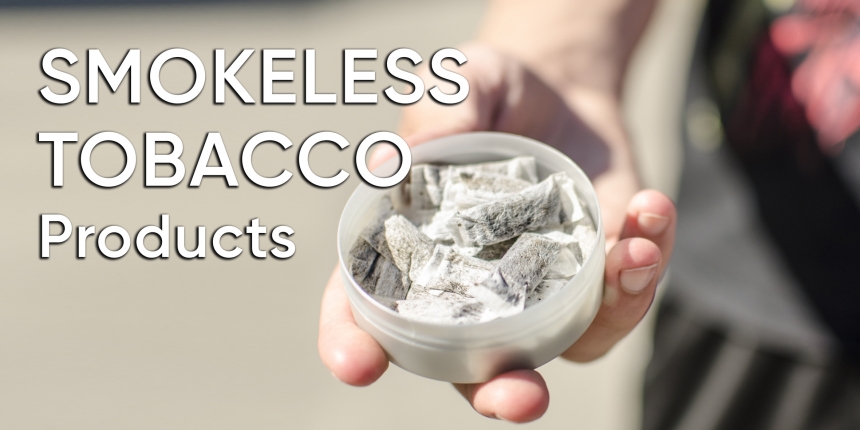Snus and nicotine pouches are gaining popularity among youth as smokeless tobacco (SLT) products. These products are marketed as safer alternatives to traditional smoking and vaping, yet they still pose significant health risks. Both are discreetly placed under the upper lip, allowing nicotine absorption through the gums. Like vapes, they come in a variety of flavours and strengths, with unregulated nicotine levels leading to inconsistent and misleading labelling.
Smokeless tobacco products and vapes were initially developed to help people quit smoking, but many young people have adopted them, believing them to be safer. The marketing of snus and nicotine pouches targets young audiences through social media influencers, raising concerns about their increasing popularity among school students.
Educators and health authorities are advocating for proactive measures to curb this rising trend. These products, with high nicotine levels, pose serious health risks, including nicotine addiction, cardiovascular disease, gum disease, tooth decay, and nicotine poisoning. Researchers emphasise the harmful effects of nicotine on developing brains, linking its use to depression, anxiety, ADHD symptoms, and a heightened risk of addiction to other drugs.
The evolving nicotine landscape requires parents and caregivers to stay informed to protect young people from these emerging threats. It is evident that SLT products contain not only nicotine, but elements of other chemicals of which we don't yet know their long-term effects. Not only do we need to steer young people away from harmful substances, but empower them to make informed decisions that prioritise their health and wellbeing.
SchoolTV


